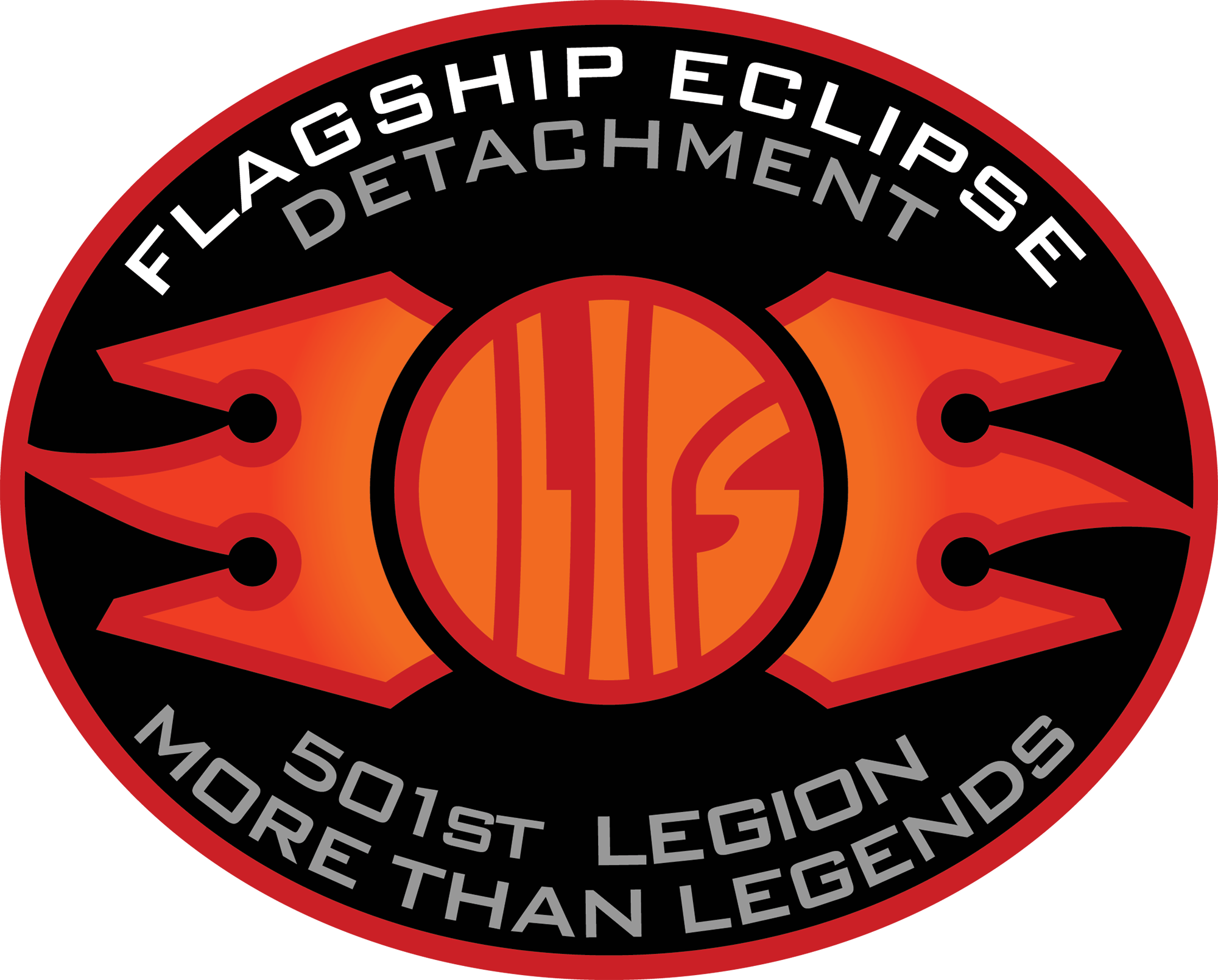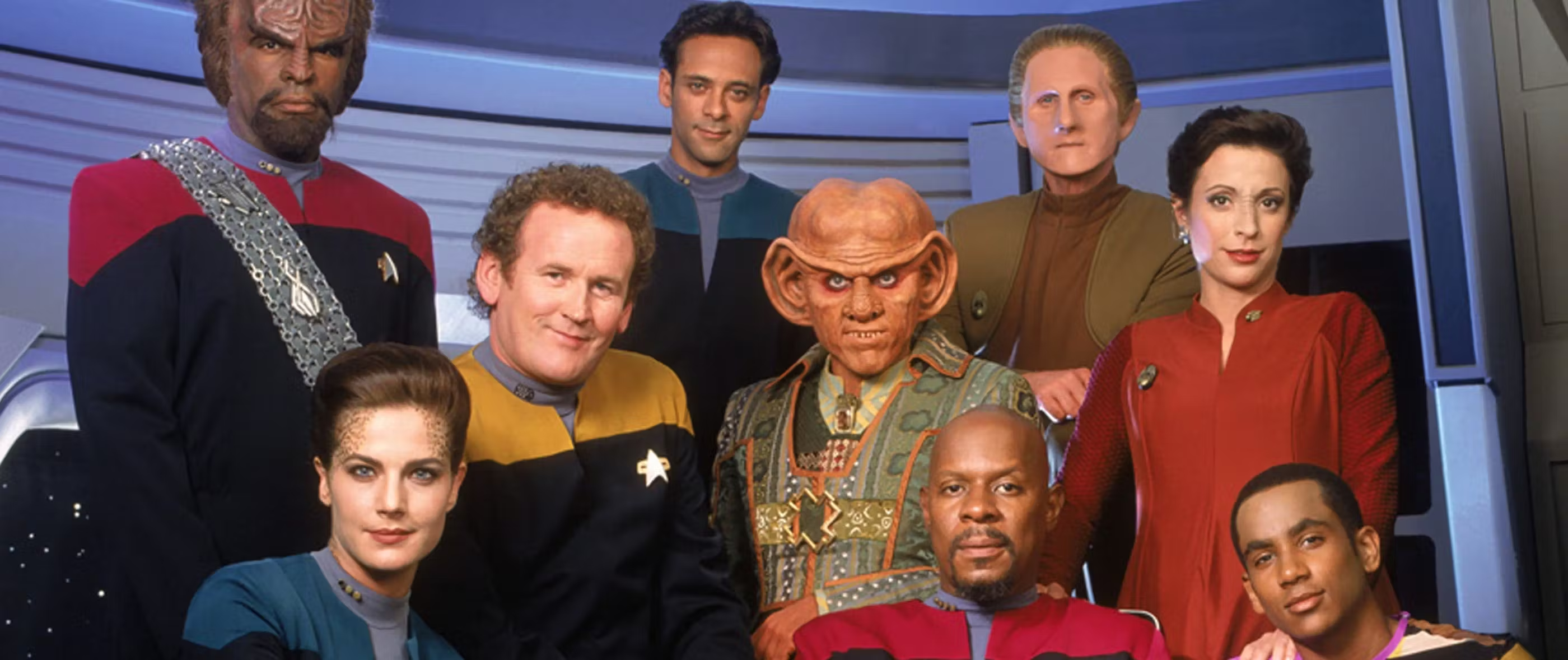
Star Trek: Deep Space Nine is the Trek show with the most consistent hit rate. It’s also the first Trek show with multiple serialized arcs, and one of the biggest supporting casts in the franchise’s history. It was helped by the fact that it was also the first Trek show to take place on a space station; while other shows often visited stations, Deep Space Nine being set on the former Cardassian station orbiting the newly free Bajor (at the start) allowed it to focus intently on characters and their individual stories and arcs, as opposed to missions of the week. It also built upon the Cardassians and Bajorans, first established in The Next Generation, and it eventually became the showcase for a major war.
It aired 176 episodes in total, and it might actually be easier to assemble the worst 10 episodes as opposed to the best 10 episodes. Deep Space Nine quickly developed the reputation for being consistently good from week to week and season to season, and it’s kept that reputation over the years, in a franchise that can be… rocky, when it comes to quality. This list will count down the best 10 episodes of Deep Space Nine, but with the acknowledgment there’s at least 145 other episodes which are also very, very good.
10) “Little Green Men” (Season 4, Episode 8)

Every DS9 season had an episode, or episodes, dedicated to Quark, the station’s resident bartender, and the rest of his family, who were Ferengis. Ferengis, before Deep Space Nine, were entirely profit-driven and often, ruthless in their pursuit of gold-pressed latinum. Why Quark had decided to make a home and business on Deep Space Nine, back in its Terok Nor days, under Cardassian occupation, would be eventually revealed. Quark and his entire family, of course, turn out to be far more complex than the original Ferengi characterization.
“Little Green Men” is probably the most clever of his episodes; Quark, his brother Rom, and his nephew Nog get stuck back in time on Earth, roughly around the era of the Roswell incident, in 1947. Odo is also there, because he’s always in pursuit of catching Quark in the middle of a crime. What follows is a pretty funny episode, but it also allows Quark to say a lot of truth about the “hu-mans” to Nog, who is about to enroll in Starfleet Academy.
9) “Take Me Out to the Holosuite” (Season 7, Episode 4)

If you give the station commander a love of baseball in the pilot, you have to let him have his own baseball team before the series finale. Sisko’s love of baseball had been established for years when “Take Me Out to the Holosuite” helped open the final season, so it makes sense that he would use it as both a way to blow off steam during an intergalactic war, versus his longtime Vulcan rival.
DS9 always understood how best to use the holosuites on the station, with many of the holosuite-centric episodes being excellent; this is probably the best example of a how a holosuite would realistically be used in the 24th century, and it gives the series’s excellent ensemble a chance to play a comedy together. “Badda-Bing, Badda-Bang” towards the end of the season also did this well. DS9 has had more “important” episodes, but when they land a comedic premise, they really land it.
8) “The Wire” (Season 2, Episode 22)
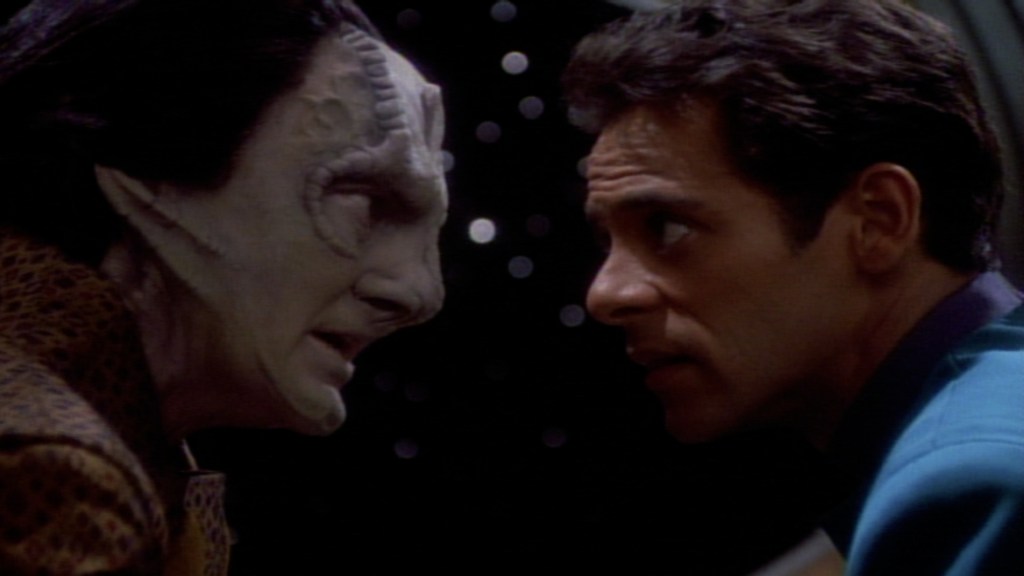
Elim Garak was one of the first of DS9‘s excellent recurring characters to appear on the show, in the first episode following the pilot, “Past Prologue.” He quickly establishes a friendship with Dr. Julian Bashir, the station’s young chief medical officer. “The Wire,” in Season 2, is only his fourth episode, but we learn a lot more about him, and it might be one of the best-acted episodes of the show, if not the franchise. Garak, Bashir quickly finds out, is a disgraced Cardassian spy, with an implant in his head, originally designed to help Garak resist torture. The implant is breaking down, and the episode traces Garak’s withdrawal from his long-time addiction, as well as Bashir’s efforts to help his friend. It’s well done, and reinforces that the Garak and Bashir relationship will be important for years to come — including in the penultimate episode of Lower Decks.
7) “Civil Defense” (Season 3, Episode 7)
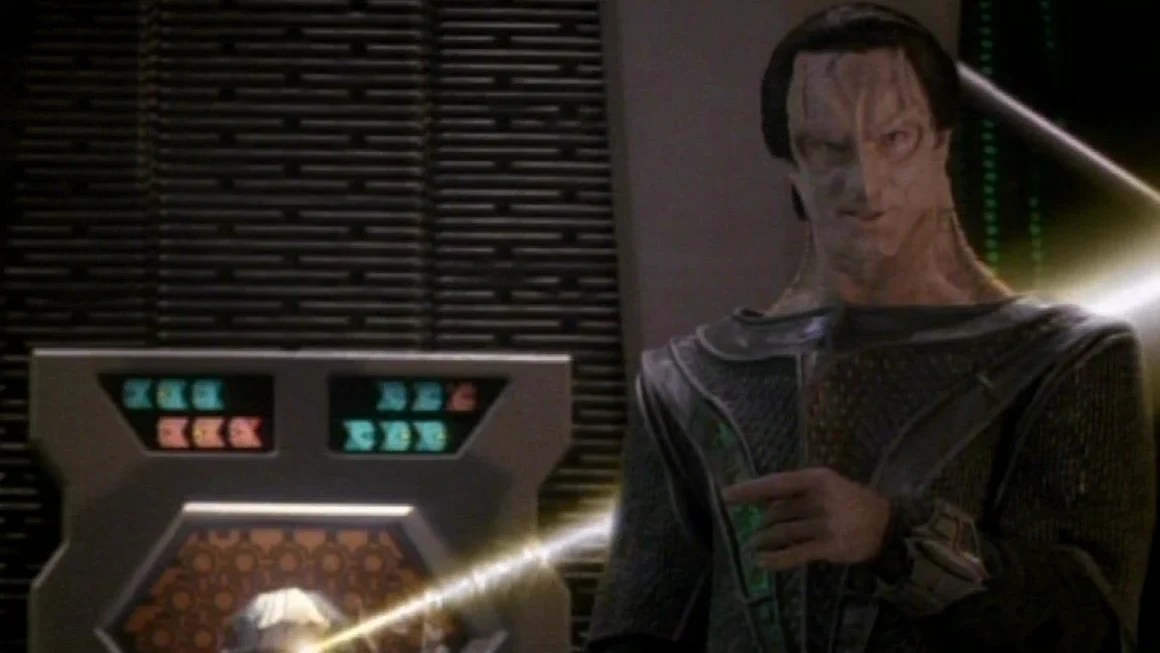
In the first three seasons of DS9, there are multiple highlights; they’re probably the strongest early seasons of the shows in the franchise that went longer than three seasons. DS9 had a lot of talented writers, who were willing to take risks and bend the rules of Trek, as well as a stable of actors who did brilliant work over its seven years. “Civil Defense” taking a spot on this list, in that light, might seem surprising; it’s technically a bottle episode, in the classic sense. It takes place entirely on the station; the only one-off character in the episode is a random Cardassian character in an archival video, who could’ve been anyone. O’Brien and Jake, Commander Sisko’s son, manage to set off a Cardassian occupation-era security program during one of O’Brien’s eternal repairs of the station. What follows is darkly funny: the program keeps getting more and more severe, in part because Gul Dukat designed it, when he was in charge of the station. Eventually, he shows up, and manages to make everything even worse.
It’s an episode, on the whole, that is, again, really well done. DS9 rarely had episodes where you thought another script pass was needed, or the production values didn’t quite convince, but it also had a lot of episodes, which, due to the nature of having often unrelated A-plots and B-plots, which were half excellent and half merely okay. “Civil Defense” doesn’t have a B-plot. Characters might be separated from each other, but they’re all fighting towards the plot’s main goal: survival. It’s a tight episode, and how it’s structured feels contemporary today.
6) “Trials and Tribble-ations” (Season 5, Episode 6)
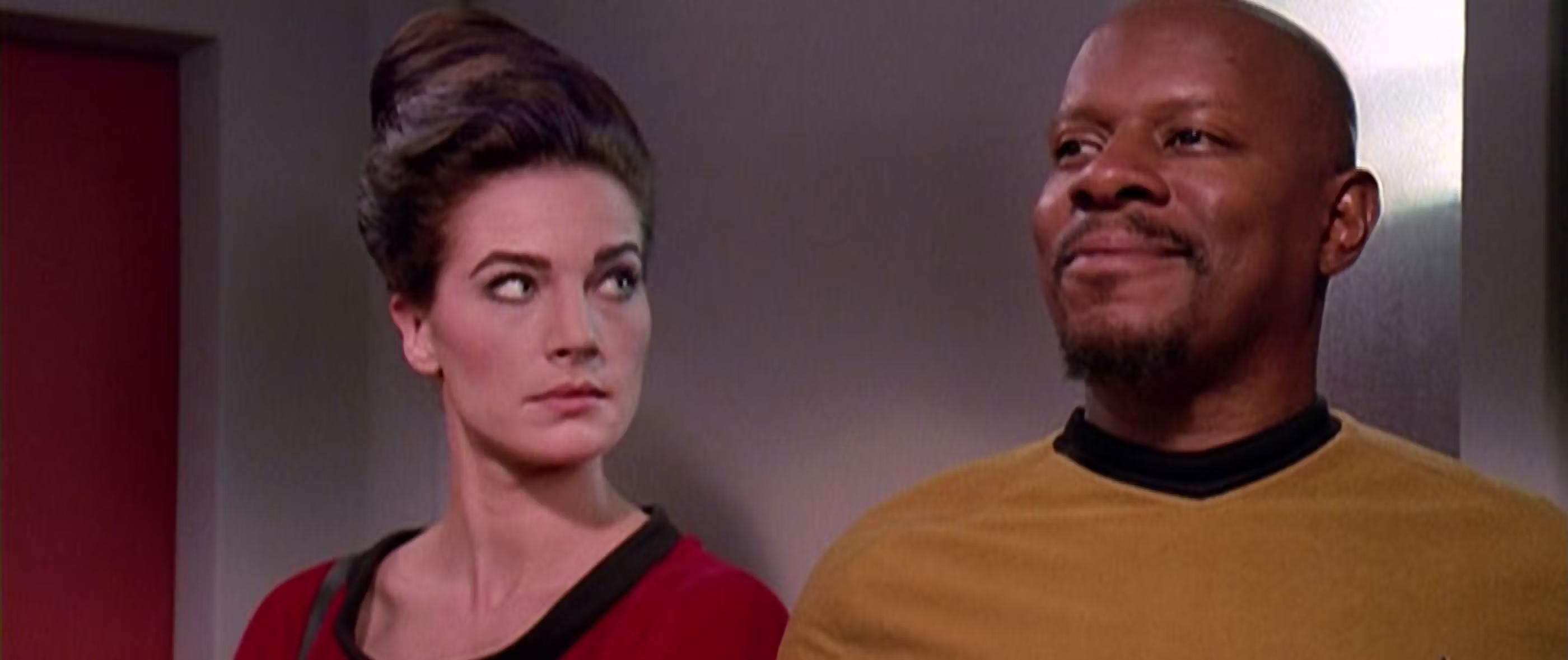
By the time Deep Space Nine hit its fifth season, it was in its stride; the Dominion War arc was really starting to spin, and the cast played well off of each other, no matter the scenario. The show got the fun task of paying tribute to The Original Series, since it was airing during its 30th anniversary. The DS9 cast gets flung back a century to save Kirk’s life during “The Trouble With Tribbles,” and special effects seamlessly put characters like Sisko and Dax on the bridge of the original Enterprise. There’s a lot of fun interactions between the past and the present; the crew here working so well in the Original Series sets and costumes really is a joy to see.
5) “Duet” (Season 1, Episode 19)
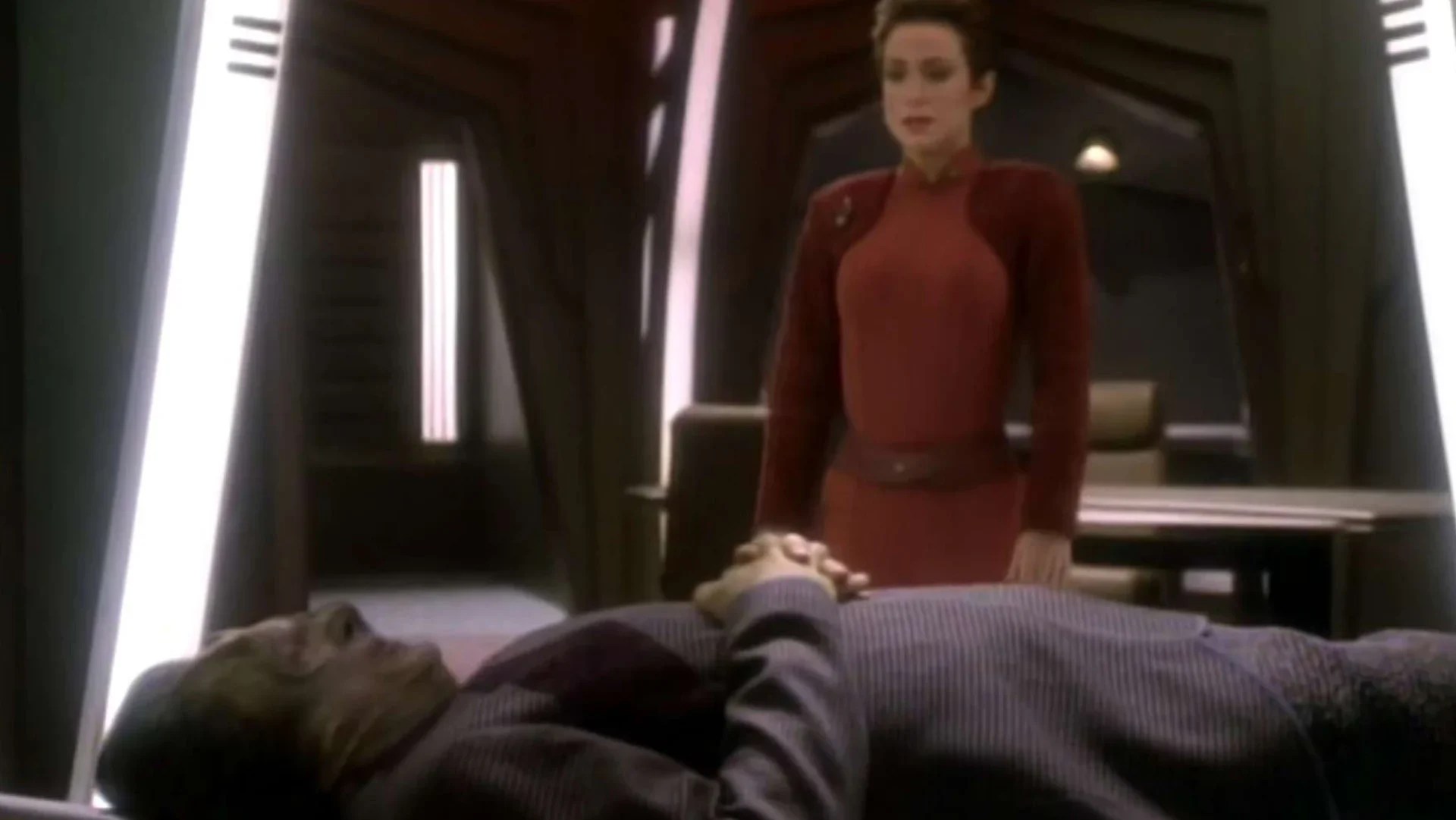
A lot of the episodes on this list, so far, have been the funnier ones; DS9 did comedy very well, because they had a lot of clever premises to work with, and the cast didn’t tend to oversell absurdity. But what DS9 is ultimately known for is how well it handled drama, and how well it handled the grim circumstances it often placed the crew in. “Duet” is not the only good episode from the first season, but it is the one that stands out the most. While the occupation of Bajor has been acknowledged and discussed up until this point, “Duet” decides to really enforce how brutal and terrible it was, and not just for the Bajorans. Major Kira is forced to face a Cardassian with the face of a known war criminal, but it gets complicated when it seems he is not actually the war criminal. Who he actually is part of the mystery and the horror of the episode; DS9 begins its drumbeat, that it will continue until the end of the show, that war is not glorious, no matter what side you find yourself on. “Duet” is also incredibly well acted, giving Nana Visitor a chance to shine alongside veteran character actor Harris Yulin.
4) “The Visitor” (Season 4, Episode 2)
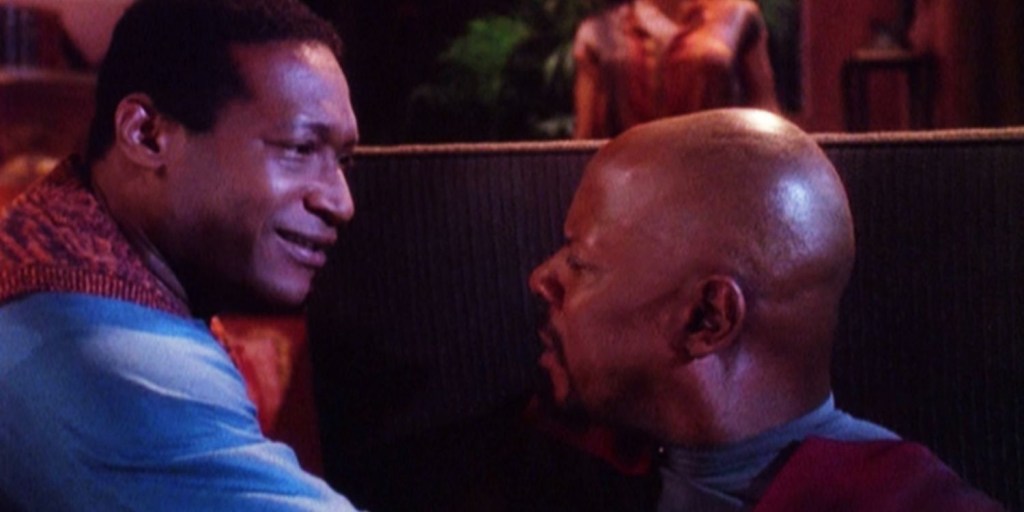
“The Visitor” is often lauded because it doesn’t necessarily feel like Trek, which is a back-handed compliment, really, and also, it isn’t true. Sisko, now a captain, disappears due to a malfunction that is ultimately best explained through technobabble. The episode is mostly told deep into a possible future, from an older Jake Sisko’s perspective, in a timeline where his father disappears and mostly stays gone. When it originally aired in the fourth season, this seemed unthinkable; watching with the hindsight of the series finale, it feels like a tragic self-fulfilling prophecy. Jake, of course, is a different person by the finale of the show; he’s still very young in the present of this episode.
This is a very good DS9 episode; it really showcases the Jake and Sisko relationship in a new light. While the show utilized the father-son dynamic well in its first two seasons, Jake was clearly growing up by Season 4, and this episode begins to show that he can be his own man. The older Jake is played by the legendary Tony Todd. The core of the episode, a son trying to save his father as the sands of time pass him by, is actually very Trek in its futility; it’s a reminder of other excellent Trek episodes, like “City of the Edge of Forever” and “The Inner Light”.
3) “It’s Only a Paper Moon” (Season 7, Episode 10)
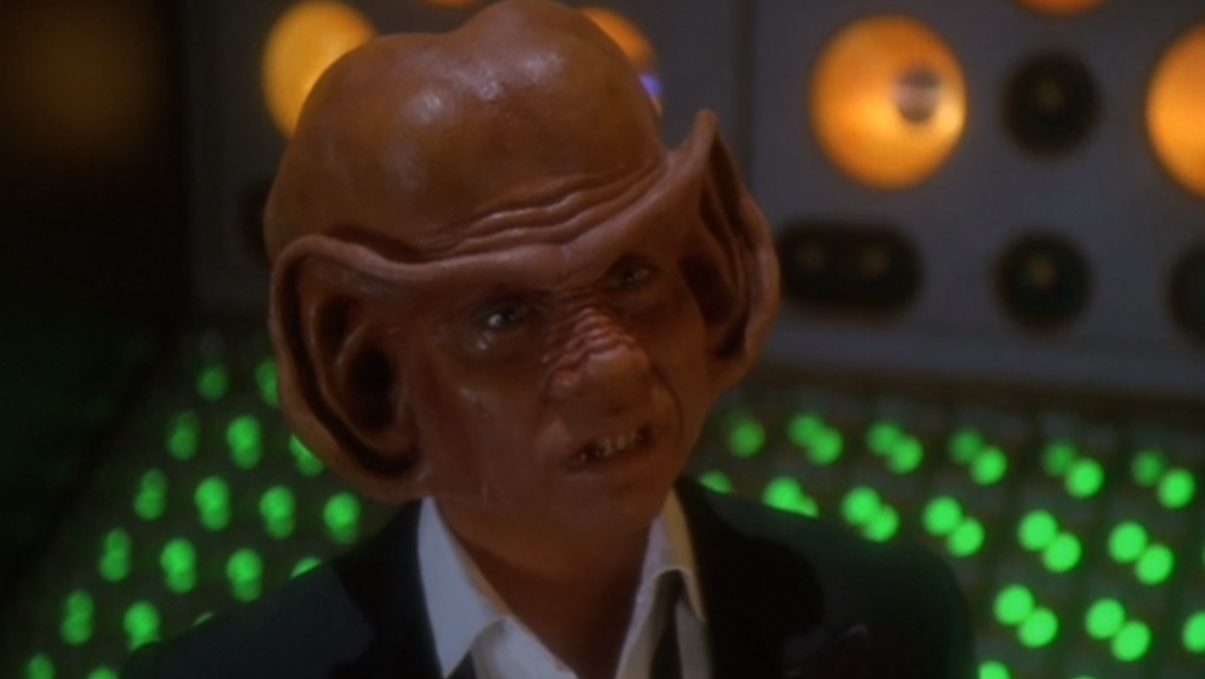
Nog starts his journey on Deep Space Nine as a mischievous prankster, and ends it as a hardened veteran of war. Nog was an ambitious young Ferengi, who saw how his father Rom was often treated, and who hoped to become something different. He enlists in Starfleet, goes to Starfleet Academy, and serves in the Dominion War. In another excellent episode, “The Siege of AR-558” he is part of a brutal battle, where he loses his leg. “It’s Only a Paper Moon” shows him struggling not just with that, but also with the effects of PTSD. It’s also good showcase for both Aron Eisenberg, who played Nog for all seven years, and James Darren, who played the hologram nightclub crooner Vic Fontaine. It handles a difficult issue, PTSD, very well for the late 90s, and it also allows us to understand the effects of the Dominion War on the main and supporting characters.
2) “In the Pale Moonlight” (Season 6, Episode 19)

DS9 never shied away from uncomfortable moral dilemmas, and it never took to the TNG viewpoint that humanity had completely evolved morally by the 24th century. Of course, DS9 also took place during a harsh war, and TNG was created with the idea (initially) that the time of wars with Federation involvement had passed. Sisko told Q (and us) all the way back in season one that “I’m not Picard!”, and “In the Pale Moonlight” insists upon that. What Sisko does in “In the Pale Moonlight” (authorizing former spy Garak to deceive the Romulans) goes beyond legal action in a time of war, and he knows that. The episode is framed by him trying to record a captain’s log, and while he manages it, he also deletes it in the end, in one of the most powerful monologues television has seen to date.
1) “Far Beyond the Stars” (Season 6, Episode 13)
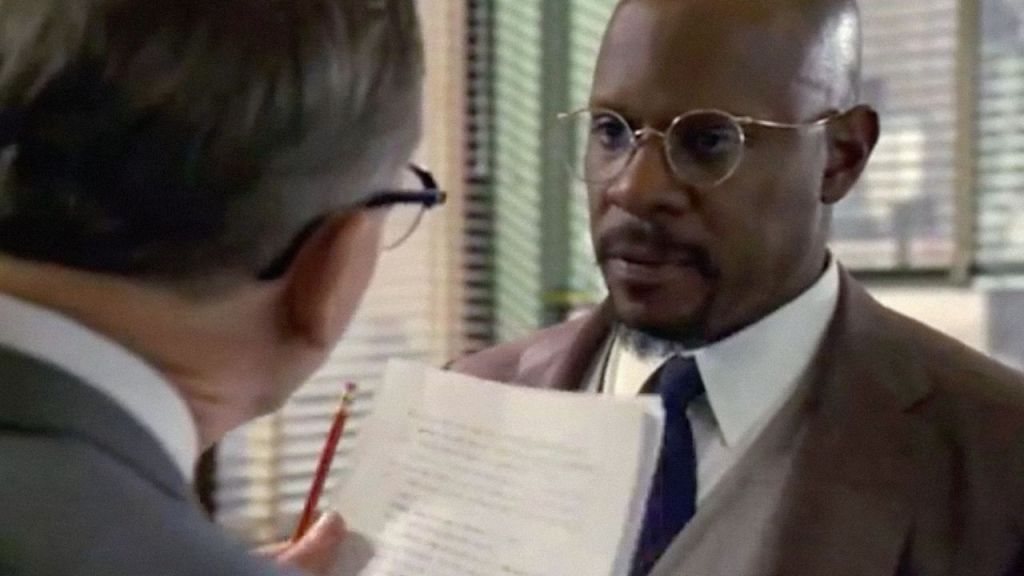
Only Deep Space Nine could’ve done an episode like “Far Beyond the Stars”: not only is Sisko the only captain it would’ve made any sense for, it also incapsulates one of the show’s key ethos perfectly. Progress is not perfect, not quick and efficient, and is anything but linear. Deep Space Nine made that point frequently, and as much as some people might feel it flies in the face of Star Trek, it really doesn’t. If anything, it’s in line with both The Original Series and their films, where we don’t see peace with the Klingon Empire until the final movie with the original cast (and even that peace isn’t perfect).
Deep Space Nine takes the opportunity to let Avery Brooks do career-best work (and he directs the episode too), as a version of Sisko, “Benny Russell” lives life in mid-20th century New York City. The episode has a fair amount of ambiguity throughout: is any of this real, or is this just the Prophets reminding Sisko of Earth and humanity’s not so distant past, full of racial strife? It’s a meta moment for the show, too. There is a point of “look how far we could go,” not, “look how far we’ve come.” Avery Brooks, a Black actor, was the lead of a major spin-off in a science-fiction franchise; at the time, in the ’90s, this felt unusual. While things have definitely gotten better in the last thirty years, watching “Far Beyond the Stars” is still a call for more agency for creators from all backgrounds.
All of Star Trek: Deep Space Nine is available to stream for free on PlutoTV, and it’s also available on Paramount+. What would be your picks for the top 10 episodes of Star Trek: Deep Space Nine? Let us know in the comments below!
The post 10 Best Episodes Of Star Trek: Deep Space Nine appeared first on ComicBook.com.
